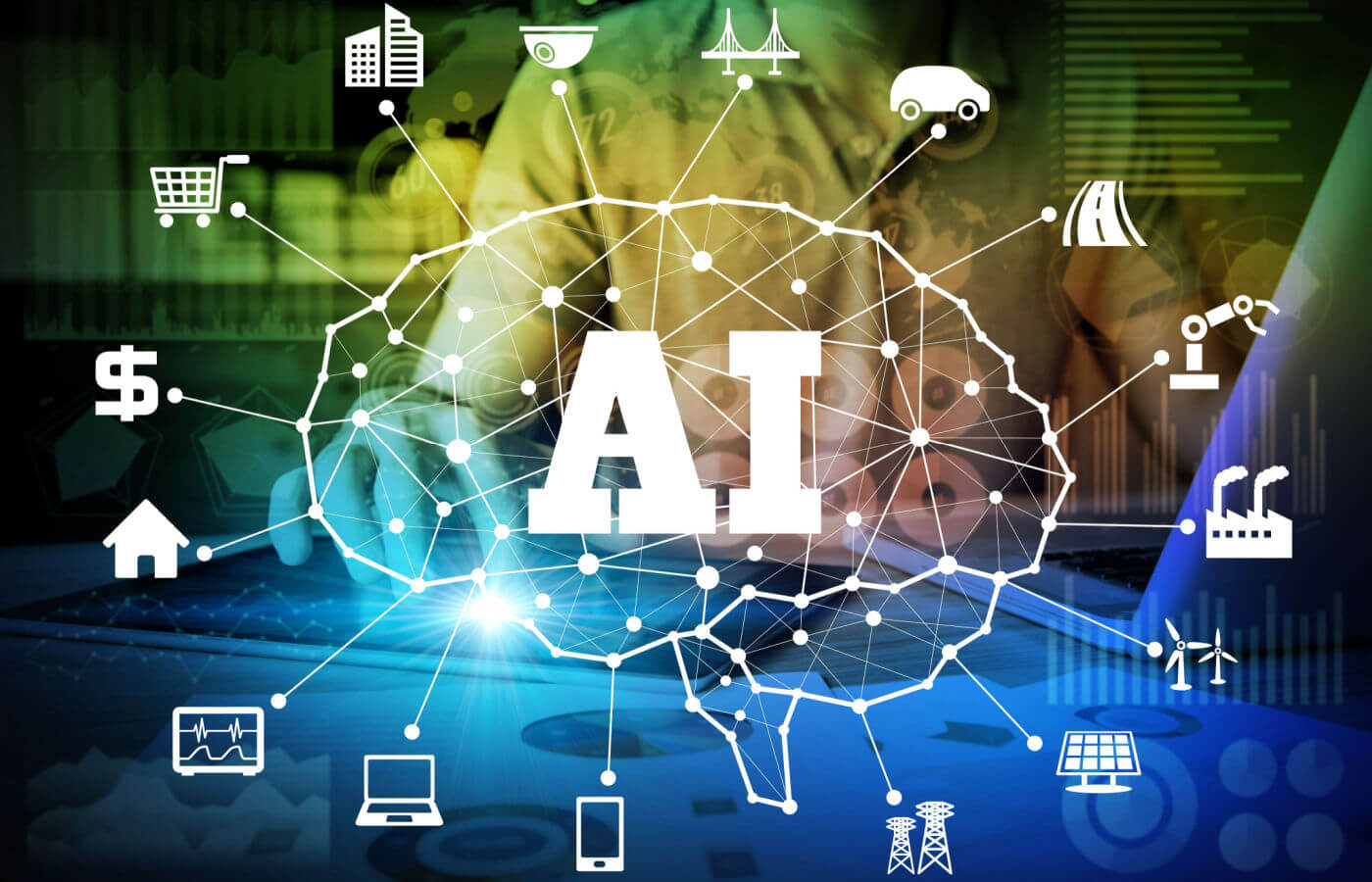The Developmental Journey of P-1 AI

The Evolution of P-1 AI: A New Era in Technology
Introduction to P-1 AI
P-1 AI represents a groundbreaking development in artificial intelligence technology. As AI continues to evolve, P-1 AI aims to enhance human capabilities, automate processes, and provide innovative solutions across various fields. Understanding the adolescence of this technology helps us grasp its potential and implications for the future.
What is P-1 AI?
P-1 AI is an advanced artificial intelligence system designed to perform complex tasks, learn from interactions, and adapt to new information. Unlike earlier AI technologies that primarily relied on pre-programmed responses, P-1 employs machine learning algorithms that allow it to improve its performance over time. It can analyze vast amounts of data, recognize patterns, and make decisions based on learned experiences.
Key Features of P-1 AI
Intelligent Learning: P-1 AI continually learns from its environment and user interactions. This ability to evolve makes it more effective in various applications.
Data Processing: Capable of handling large datasets, P-1 AI can identify trends and insights that may be overlooked by human analysts.
Task Automation: The system can automate repetitive tasks, allowing humans to focus on more complex and creative endeavors.
- Versatility: P-1 AI can be adapted for use in multiple sectors, including finance, healthcare, education, and customer service.
Applications of P-1 AI
P-1 AI’s versatility makes it suitable for numerous applications. Let’s explore some of the sectors where this technology is making a significant impact.
Healthcare
In healthcare, P-1 AI aids in diagnostics, patient management, and personalized medicine. It can analyze clinical data to identify potential health risks, suggest treatment plans, and even predict patient outcomes.
Finance
The finance industry benefits from P-1 AI through risk assessment, fraud detection, and trading strategies. Its ability to process large volumes of transaction data quickly helps in making informed financial decisions.
Education
P-1 AI is transforming education by offering personalized learning experiences. It can tailor courses to individual student needs, allowing for a more effective learning environment.
Customer Service
In customer service, P-1 AI powers chatbots and virtual assistants that provide 24/7 support. These AI systems can answer queries, resolve issues, and enhance the overall customer experience.
Challenges Facing P-1 AI
Despite its potential, P-1 AI faces several challenges that need to be addressed for widespread adoption.
Ethical Concerns
One of the major concerns surrounding P-1 AI is the ethical implications of its use. Issues such as data privacy, bias in decision-making, and job displacement must be carefully managed to build public trust.
Technical Limitations
While P-1 AI is advanced, it still has limitations. For example, understanding context and emotional intelligence remain challenging areas that require further development.
Integration with Existing Systems
Integrating P-1 AI into current workflows and systems can pose technical obstacles for organizations. Ensuring compatibility and user-friendliness is critical for successful implementation.
The Future of P-1 AI
The future of P-1 AI looks promising as advances in technology continue to unfold. With improvements in machine learning, natural language processing, and computational power, P-1 AI could become even more sophisticated.
Potential Developments
Enhanced Learning Algorithms: Future iterations may incorporate more advanced learning techniques to improve data interpretation and decision-making.
Greater User Interaction: As user interfaces evolve, P-1 AI could become more intuitive, enabling better human-AI collaborations.
- Broader Applications: We can expect P-1 AI to penetrate new markets and fields, increasing its impact across various industries.
In summary, the journey of P-1 AI is just beginning. Its evolving capabilities present opportunities for innovation and efficiency across multiple sectors, but it also brings challenges that must be carefully navigated. As this technology matures, it will be crucial to strike a balance between leveraging its potential and addressing the ethical considerations that accompany its use.






